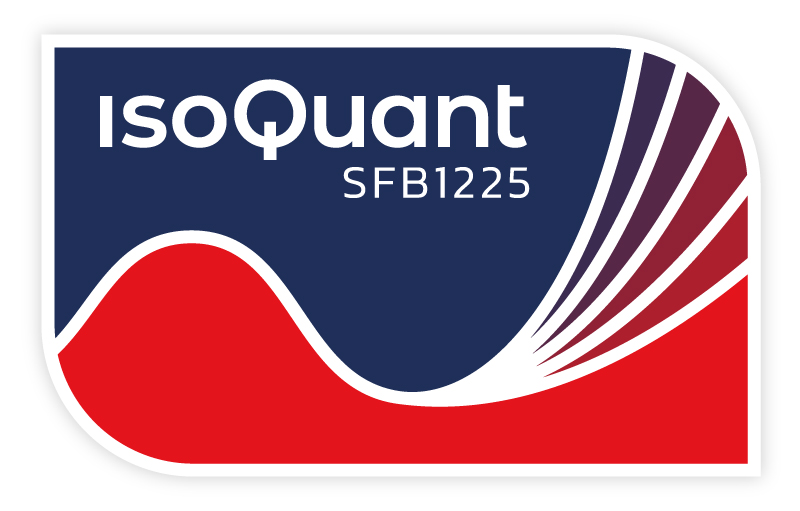Entanglement in Quantum Fields
IWH Heidelberg (Germany) + online
Overview
While quantum field theory is the framework to describe almost all phenomena in fundamental physics, its quantum information theoretic aspects remain poorly understood. It is conceivable that an improved understanding allows to formulate a much more detailed theory for quantum systems out-of-equilibrium than available to date. On the other side, quantum simulation experiments with ultracold atomic gases allow to emulate quantum field theories in synthetic quantum systems and may be used to investigate quantum information theoretic aspects.
The workshop on Entanglement in Quantum Fields (EQF2021), June 28-30, brings together experts on quantum information theoretic aspects of quantum fields with researchers on ultracold atomic quantum gases with the aim of
- Devising settings in which quantum simulators can be applied to QFT problems
- Developing new tools for experimentally detecting and quantifying entanglement
- Integrating quantum information concepts in quantum field theoretical descriptions
Keynote talks will provide an introduction and overview on the different aspects with the aim of providing a basis for initiating discussions between the different communities. Shorter invited talks are dedicated to recent progress on specific topics. Abundant discussion time is foreseen for the vital interactions between experimental and theoretical physicists working in the different areas.
This workshop will be held as a hybrid event with a limited number of participants being physically present at IWH and the possibility to join virtually via zoom. Speakers and participants may indicate their preference on in person or virtual attendance. As of now, all the participants who indicated that they would like to attend in person, can do so. Participants who would like to apply for financial support for travel expenses should contact Tina Kuka (t.kuka@thphys.uni-heidelberg.de) for more information.
Keynote Speakers
Marcus Huber (IQOQI Vienna)
Peter Zoller had to cancel due to illness and will be replaced by Christian Kokail and Andreas Elben (University of Innsbruck & IQOQI)
J. Ignacio Cirac (MPQ)
Otfried Gühne (Siegen University)
Johanna Erdmenger (Würzburg University)
Pasquale Calabrese (SISSA)
Organizers
Stefan Floerchinger
Martin Gärttner
Helmut Strobel
Entanglement in Quantum Fields is supported by the DFG funded collaborative research center ISOQUANT (SFB 1225)
Adrian Aasen
Adrian Braemer
Albert Gasull
Alexander Rothkopf
Andreas Elben
Andreas Ketterer
Aniket Rath
Ayaka Usui
Benjamin Schiffer
Benoit Vermersch
Bjarne Bergh
Christian Kokail
Daniel Malz
David Horvath
Giacomo Bighin
Giuseppe Di Giulio
Giuseppe Vitagliano
Guillem Müller
Guoxian Su
H. Chau Nguyen
Henrik Müller-Groeling
Hui Sun
Ignacio Cirac
Iliya Esin
Irénée Frérot
Ivan Kukuljan
James Schneeloch
Jan Dreher
Jean-Daniel Bancal
Ji-Yao Chen
Jianshun Gao
Johanna Erdmenger
Jordi Tura i Brugués
Kevin Grosvenor
Kiara Hansenne
Konstantinos Sfairopoulos
Lata Kharkwal Joshi
Luca Capizzi
Manuel Gessner
Marcus Huber
Marek Gluza
Markus Reinig
Markus Schröfl
Marti Carmen Bañulus
Marvin Holten
Matteo Fadel
Matteo Votto
Maximilian Hartmann
Maximilian Kramer
Maximilian Müllenbach
Mira Sharma
Mireia Tolosa
Mohammadamin Tajik
Natalia Sánchez-Kuntz
Nicolai Friis
Niklas Euler
Nikolai Wyderka
Oliver Stockdale
Otfried Gühne
Pasquale Calabrese
Patrick Andriolo
Philipp Kunkel
Philipp Lunt
Philipp Preiss
Philipp Schüttelkopf
Piero Naldesi
Pim van den Heuvel
Riccarda Bonsignori
Robert Jonsson
Robert Ott
Rohan Srikumar
Sara Ditsch
Sara Murciano
Satoya Imai
Shachar Fraenkel
Sidiney Bruno Montanhano
Skyler Degenkolb
Sophia Lahs
Sophie Rohletter
Spyros Sotiriadis
Stefan Lannig
Steven Bass
Thomas Poulis
TIlman Enss
Tobi Haas
Xhek Turkeshi
Xiao-Dong Yu
Yash Gurbani
Yi Lu
Yue Zhang
Yunxin Ye
Zhaoyu Zhou
Zheng Gong
Zoltán Kolarovszki

